Established in 1957, the Assam State Zoo cum Botanical Garden is the largest zoo in northeast India. It is the Nodal centre of Ex-Situ Conservation and a hub actively involved in awareness and outreach activities. The Zoo was inaugurated and opened to the public in 1958. Renowned for its abundant wildlife, the Assam State Zoo cum Botanical Garden is referred to as the “Green Lung” of Guwahati. This remarkable Zoo cum Botanical Garden covers an extensive area of 175 hectares and encompasses a botanical garden spreading across 82 hectares. The Zoo cum Botanical Garden housing over 112 species in all comprising varied flora and fauna species.
The Assam State Zoo cum Botanical Garden is also known as the Guwahati Zoo. Its thriving ecosystem provides a breath of fresh air amidst the city offering visitors a captivating glimpse into the natural wonders of Assam.
Assam State Zoo cum Botanical Garden Location
The Assam State Zoo cum Botanical Garden is located in the Hengrabari Reserved Forest in the heart of Guwahati city, the capital of the state of Assam, N.E. India. Situated amidst the softly rolling Hengerabari hills, ranging in elevation from 60 to 200 meters above sea level (MSL) lies a region covering an expanse of 1.75 square kilometers. Within this area approximately 110 hectares are characterized by untouched natural forest. The precise location of this region can be pinpointed by its coordinates at 26.1632°N latitude and 91.7868°E longitude.
Assam State Zoo cum Botanical Garden Map
The Assam State Zoo cum Botanical Garden offers a picturesque setting for nature enthusiasts, families and researchers alike. The carefully designed layout within the expansive grounds, the zoo and the botanical garden are distinct sections with their own unique features.
The zoo section can be found on one side, featuring various enclosures and habitats for a diverse range of animals.
Adjacent to the zoo the botanical garden section has a multitude of plant species both indigenous and exotic.
Assam State Zoo cum Botanical Garden History
1.From Modest Beginnings to a Thriving Sanctuary of Exotic and Indigenous Species:
The Assam State Zoo cum Botanical Garden has emerged as a symbol of wildlife conservation and environmental education in India. Its beginnings can be traced back to the 64th session of the Indian National Congress held in Guwahati in 1957. During this historic event an exhibit organized by the INC’s Organizing Committee featured a collection of animals and birds that captivated attendees. Among them a female leopard cub named Spotty stole the hearts of visitors. At the end of the meeting it was felt that a permanent settlement to keep these animals was needed and the idea of establishing a zoo was born.
2.Inception and Growth Following the conclusion of the session:
The animals from the exhibit were relocated to Japorigog in the Hengrabari Reserve Forest. This 130-hectare area provided ample space to create suitable habitats and facilities for the animals. In 1957, the Assam State Zoo was officially established and it opened its doors to the public in 1958. With an initial count of 42 animals representing 22 species and 236 birds from 31 species, the zoo embarked on its mission to preserve and showcase diverse wildlife.
3.A Journey with Exotic Species:
As the years went by, the Assam State Zoo expanded its horizons welcoming captivating exotic species from around the world. Animals such as chimpanzee, white rhino & black rhino, ostriche, zebra and giraffe were imported from Africa. Pumas, jaguars and llamas were received from South America. Kangaroos were imported from Australia. This exchange of animals required the zoo to send indigenous species, including the magnificent one-horned Indian rhinoceros, to various countries. This global collaboration not only enriched the zoo’s collection but also fostered international cooperation in wildlife conservation.
4.Shifting Focus to Indigenous Species and Conservation Over Time:
The Assam State Zoo realized the importance of prioritizing indigenous species and fostering their conservation. The zoo initiated successful captive breeding programs for various endangered species, becoming a vital partner in species preservation. This shift in focus aimed to protect and restore the natural heritage of Assam and contribute to the broader conservation efforts in India.
5.The Integration of Museum and Botanical Garden Recognizing:
The significance of educa ting visitors about wildlife and promoting environmental awareness, the Assam State Zoo incorporated a museum into its premises. This addition enhanced the visitor experience, offering insights into the natural history and biodiversity of the region. In 1982, a botanical garden was established providing an immersive setting to showcase a diverse range of plant species and highlight their ecological importance. This integration transformed the Assam State Zoo into a comprehensive destination for both wildlife enthusiasts and nature lovers.
6.Expanding Horizons and Engaging the Public In 2002:
The Assam State Zoo further expanded its territory by adding an additional 45 hectares of the Hengrabari Reserve Forests. This enlargement brought the total area of the zoo to 175 hectares providing more space for the animals to thrive. Additionally, in August 2005, the Animal Adoption Scheme was launched inviting the public to actively participate in supporting the zoo’s activities and contributing to wildlife conservation.
Assam state zoo cum botanical garden photos: Location Map
Geography of Assam State Zoo cum Botanical Garden
Nestled within the diverse geography of the region, the Assam State Zoo cum Botanical Garden showcases a splendid tapestry of vegetation, blending the lushness of tropical moist deciduous forest with the evergreen charm of semi-evergreen forests. The physical features of the zoo, shaped by hilly terrain, exhibit a captivating landscape with a central plateau flanked by gentle slopes that cascade alongside. The Zoo’s elevation ranges from 60 to 200 meters above sea level (MSL).
Immersing visitors in a world of natural wonder, the zoo’s unique geography encompasses enchanting bamboo forests that thrive harmoniously alongside teak plantations and vibrant shrubs. The bamboo groves, with their graceful sway, create a serene atmosphere, while the majestic teak trees provide shade and add to the visual grandeur.
This carefully curated vegetation not only adds to the scenic beauty but also plays a vital role in preserving biodiversity. Within the Assam State Zoo cum Botanical Garden, the blend of tropical forests and bamboo groves serves as a sanctuary for numerous plant and animal species, contributing to the conservation of natural habitats and promoting ecological balance.
Climate and Rainfall
Guwahati Zoo occurs a mild tropical climate with an average temperature of 32°C in August. In January average minimum monthly temperature is 9.8°C. Summer starts from April to May and reaches up to a maximum of 40°C while in winter October to March drops to 5°C. Pre-monsoon starts from April to May and monsoon from June to October brings substantial rainfall. In July, the monthly maximum mean total rainfall is 353.6 mm with 16.8 rain days. Summer relative humidity ranges from 70-80% and in winter about 20%.
Assam State Zoo cum Botanical Garden
A Haven for Rare and Endangered Species:
Campus Bio-Diversity
- Flora: 345 species of plants
- Birds: 154 species
- Mammals: 17 species (including free-ranging species)
- Butterflies: 105 species
- Herpetofauna: 30 species
- Other insects: more than 100 species
1.Rare and Endangered Species: A Precious Wildlife Collection
The Assam State Zoo cum Botanical Garden boasts an impressive collection of endangered and rare animal and bird species. Visitors have the privilege of encountering captivating creatures such as the elusive One-horned Rhinoceros, majestic white tigers, agile wild leopards, enchanting swamp tapirs and the regal Asiatic lion. Additionally, the zoo is home to other remarkable animals including the royal Bengal tiger, playful stump-tailed macaque, graceful Hollock Gibbon and the impressive Himalayan black bear.
Assam state zoo cum botanical garden photos: N.E. Indian Species
Exotic Species
1. African White Rhino
2. Hippopotamus
3. Giraffe
4. Lion (Hybrid)
Assam state zoo cum botanical garden photos: Exotic Species
Avifauna and Indigenous Reptiles: A Tapestry of Nature’s Diversity
Embracing nature’s rich diversity, the Assam State Zoo cum Botanical Garden presents a wide variety of avifauna. With an impressive count of 389 bird species, bird enthusiasts can revel in a paradise of fluttering wings and melodious calls.
Bird Species
• Cassowary • Silver Pheasant • Parakeets • Cinereous Vulture
• Steppe Eagle • Hill Myna • Adjutant Stork • Painted Stork
• Purple Moorhen • Bar-headed Geese • White Ibis
• Sarus Crane • Macaw • Rosy Pelican
Assam state zoo cum botanical garden photos: Bird Species
Indigenous Reptiles: A Tapestry of Nature’s Diversity
The Assam State Zoo cum Botanical Garden presents a wide variety of indigenous reptiles. The zoo hosts an astonishing collection of 142 reptiles, offering visitors the opportunity to observe and appreciate these fascinating creatures up close.
Reptile
• Monocellate Cobra • Python • Rat Snake • Red Sand Boa • Common Sand Boa
• Common Monitor • Copper-headed Trinket • Tokay Gecko.
Assam state zoo cum botanical garden photos: Reptiles
The Museum: A Treasure Trove of Northeastern Endemics
Discover the Assam State Zoo Museum, a captivating showcase of rare stuffed specimens from Northeast India. Experience the rich biodiversity of the region through a comprehensive collection of forest produce. Admire the beauty of bamboo and cane artifacts while marveling at a fossilized wood specimen. Encounter the impressive mounted Gharial and be mesmerized by delicate hand paintings of birds on Ficus leaves. Immerse yourself in this treasure trove of Assam’s natural heritage and traditional craftsmanship.
Assam state zoo cum botanical garden photos: Museum
The Herbarium Section
• An invaluable taxonomic information.
• carefully preserved sheets 2000 immaculately mounted.
• Covers 550 species mostly indigenous belonging to 106 families.
• Open to serious students and interested amateurs for study.
• The Botanist at ASZBG provides guidance and technical information to visitors, ensuring a fulfilling study experience.
Botanical Garden: A Serene Oasis of Flora and Orchids
The Botanical Garden within the Guwahati Zoo stands as a tranquil haven, established in 1982 to showcase an extensive variety of plants and orchids. Delighting visitors with its diverse range of flora, the garden proudly presents around 40 species of orchids sourced from the northeastern region of India. Amidst its enchanting landscapes, visitors can also admire different flowers, broad-leaved plants, herb species and shrubs, creating a captivating tapestry of nature’s beauty.
The Herbarium Section
• N.E India’s the finest botanical gardens.
• 345 indigenous species.
• exotic plants 280 species.
• Nameplates for all striking species.
• Several rare plants ladie’s slipper orchid, pitcher plant, doum palm etc.
Floral Treasure
• Native species : 345
• Exotic species : 280
• Orchid species : 40
• Bamboo species : 10
• Palm species : 12
Children’s Park and Plethora of Attractions: A Paradise for Families
Families visiting the Assam State Zoo will find a dedicated park tailored to the entertainment and enjoyment of children. Equipped with a variety of recreational tools, this park guarantees a delightful experience for the little ones. Moreover, the zoo offers an array of attractions, including a forest museum that educates and enlightens visitors, a serene lake to unwind by, a towering house providing panoramic views, and a joy ride point offering thrilling experiences. A reptile house showcasing different snake species in individual enclosures also awaits curious visitors.
Culinary Delights: Savoring Refreshments amidst Nature.
Throughout the zoo, visitors will find convenient eating outlets and fast-food corners, scattered strategically to cater to their culinary needs. This allows guests to refuel and indulge in delicious food and snacks while immersing themselves in the captivating surroundings.
How to reach Assam Zoo
The Assam State Zoo, situated on RG Baruah Road in Guwahati, Assam, is a popular tourist destination drawing an average of approximately 500,000 visitors annually. It has easy accessibility for visitors with Guwahati Railway Station located about 8 kilometers away from the zoo. Additionally, the Lokpriya Gopinath International Airport is the only airport in the capital city of Guwahati is approximately 25 kilometers away. Transport options like buses, trekkers, Ola, Uber, and auto-rickshaws are readily available for convenient travel to the zoo.
The Best Time to Visit Assam State Zoo
The tabular representation of average minimum and maximum temperatures with the best time to visit Guwahati Zoo.
| Month | Best Time | Min. Temp (°C) | Max. Temp (°C) |
| January | Best Time | 11 | 23 |
| February | Best Time | 13 | 26 |
| March | Best Time | 16 | 30 |
| April | 20 | 31 | |
| May | 23 | 32 | |
| June | 25 | 32 | |
| July | 26 | 32 | |
| August | 26 | 33 | |
| September | 25 | 32 | |
| October | Best Time | 22 | 30 |
| November | Best Time | 17 | 28 |
| December | Best Time | 13 | 25 |
Assam State Zoo cum Botanical Garden tickets & Timing
The Assam State Zoo cum Botanical Garden is open from 8:00 AM to 4:00 PM every day except on Fridays when it is closed.
Tickets Tariffs
| Particulars | Indian Rate | Foreigner Rate |
| Entrance Fee | ||
| Adult | Rs. 30/- Per Head | Rs. 100/- Per Head |
| Child (5-12 Years of age) | Rs. 10/- Per Head | Rs. 30/- Per Head |
| Child (Below 5 Years) | Free Entrance | Free Entrance |
| Students Concession | ||
| L.K.G. / U.K.G. | Free Entry | Free Entry |
| Student | Rs. 10/- each | Rs. 50/- each |
| Vehicle Parking | ||
| Cycle | Rs. 5/- each | Rs. 5/- each |
| Scooter / Motor Cycle | Rs. 10/- each | Rs. 10/- each |
| Car / Jeep / Auto | Rs. 50/- each | Rs. 50/- each |
| Mini Bus / Tempo / Bus | Rs. 100/- each | Rs. 100/- each |
| Camera | ||
| DSLR Camera | Rs. 100/- each | Rs. 300/- each |
| Video Camera | Rs. 200/- each | Rs. 500/- each |
Tickets TariffsPlease note that the rates mentioned are subject to change, and it’s always best to verify the current rates before visiting the Assam State Zoo cum Botanical Garden.
Conclusion
Overall the Assam State Zoo cum Botanical Garden offers much more than a mere glimpse into the animal kingdom. It is a sanctuary for endangered rare species, a vibrant botanical garden, a haven of recreational opportunities and a place of learning and appreciation. With its diverse array of wildlife, captivating flora and engaging attractions, the zoo provides an unforgettable experience for visitors of all ages.
FAQ
a.) What is Assam State Zoo famous for?
The Assam State Zoo cum Botanical Garden is the largest zoo in northeast India. The zoo has about 895 animals, representing 113 species of animals and birds from the world.
b.) How much is the ticket for Assam Botanical Zoo?
Adult:Rs.30
Children (5-12 Years of age): Rs.10
Children (Below 5 Years): Free
DSLR Camera: Rs. 100/- each
Video Camera: Rs. 200/- each
c.) Which is the largest zoo in Assam?
The Assam State Zoo cum Botanical Garden is the largest zoo in N.E. India spread across 1.75 sq. km.
YOU MAY ALSO LIKE
- Thiruvananthapuram Zoo
- Amirthi Zoological Park
- Siddharth Garden And Zoo
- Etawah Safari Park
- Sonai Rupai Wildlife Sanctuary

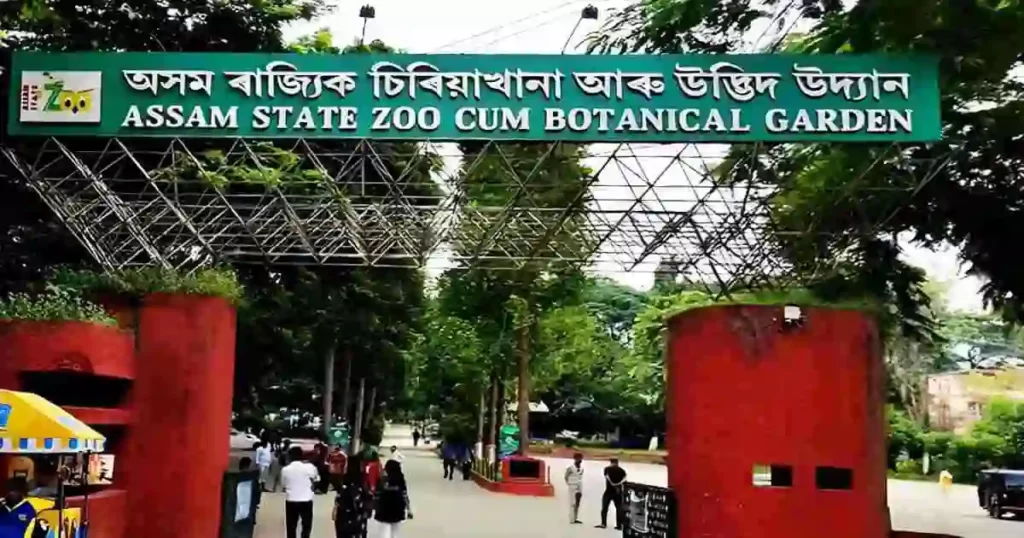
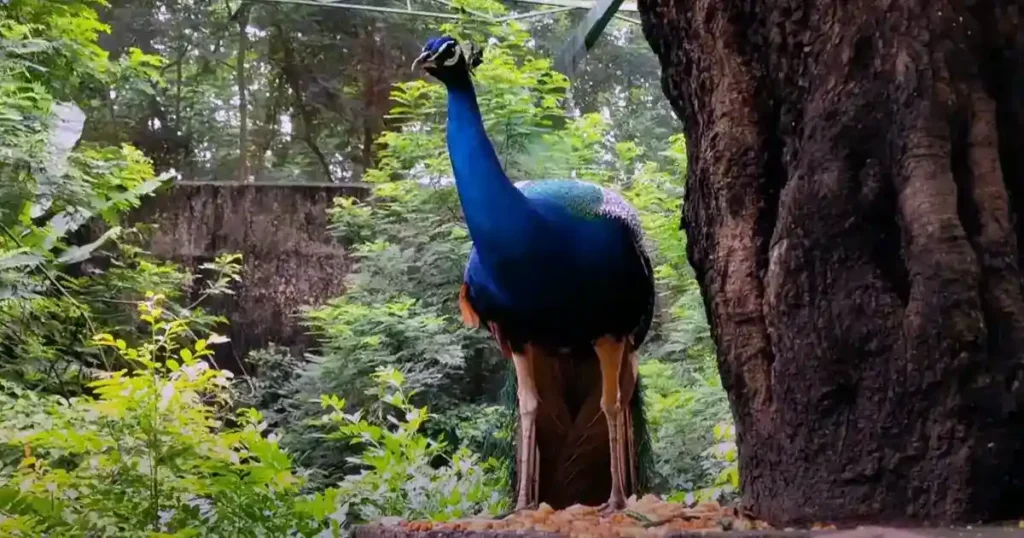
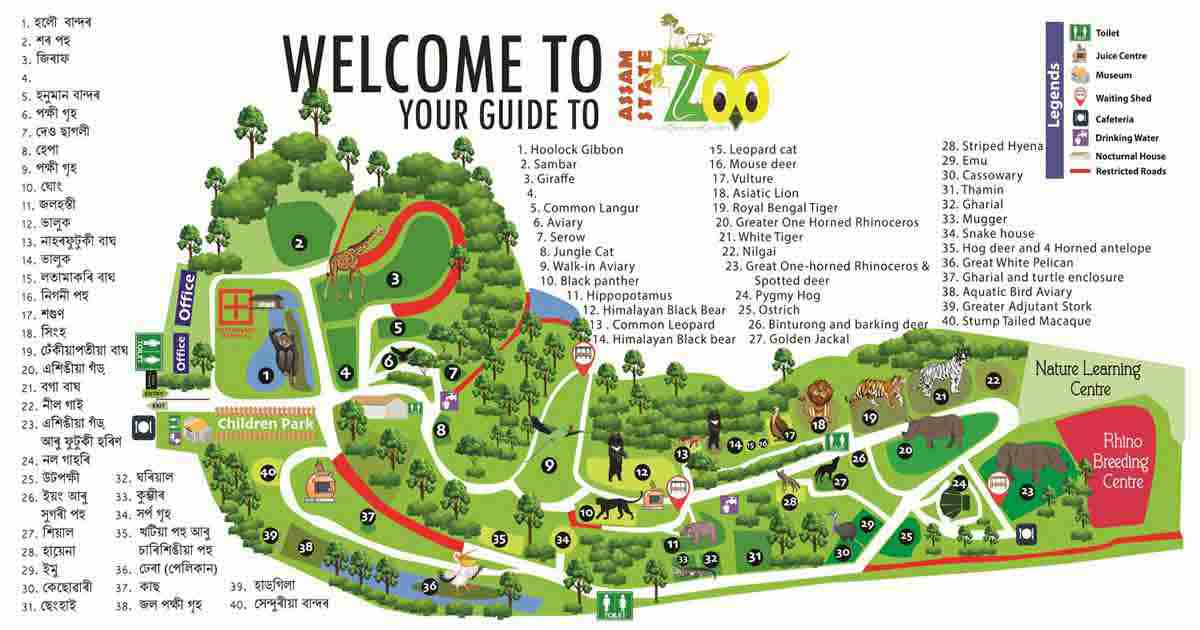

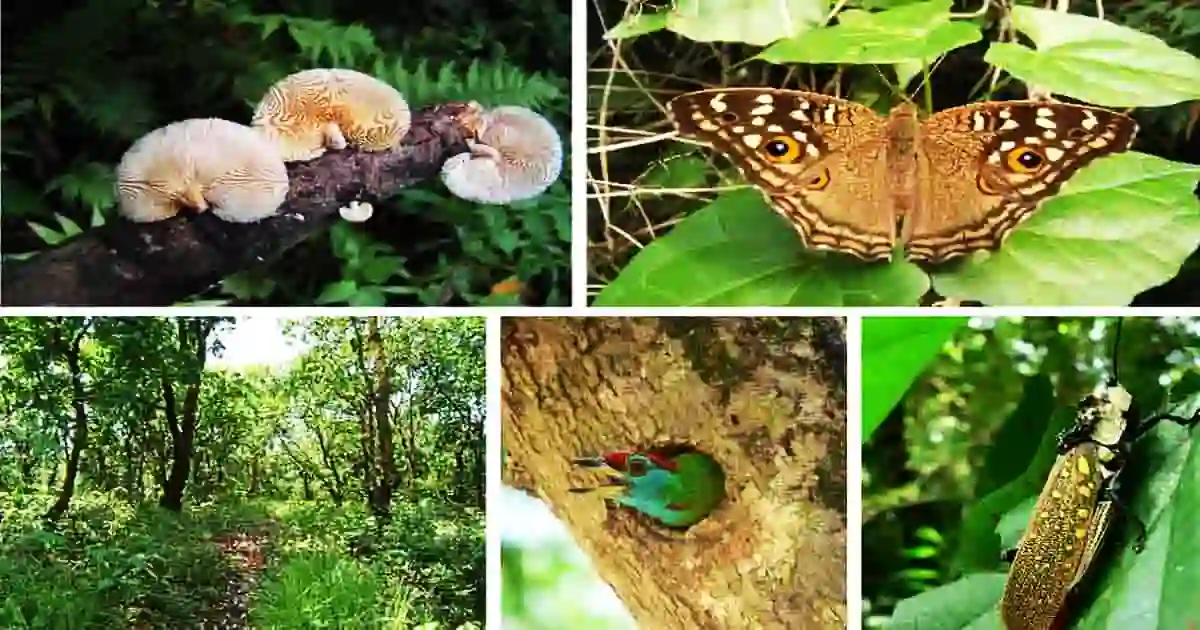
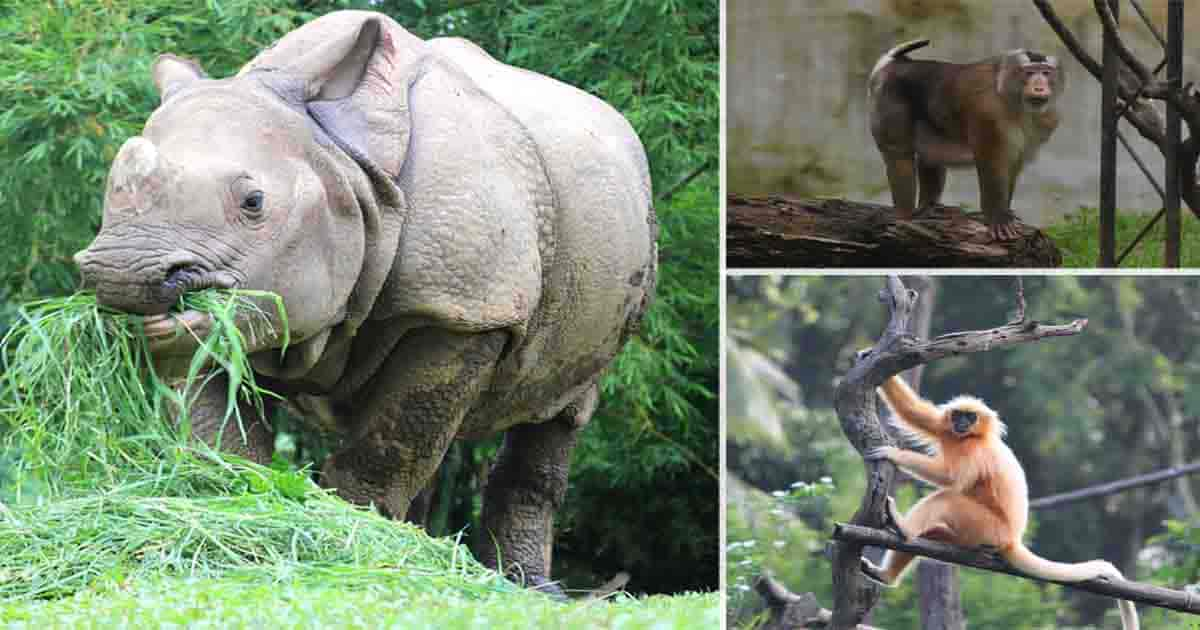
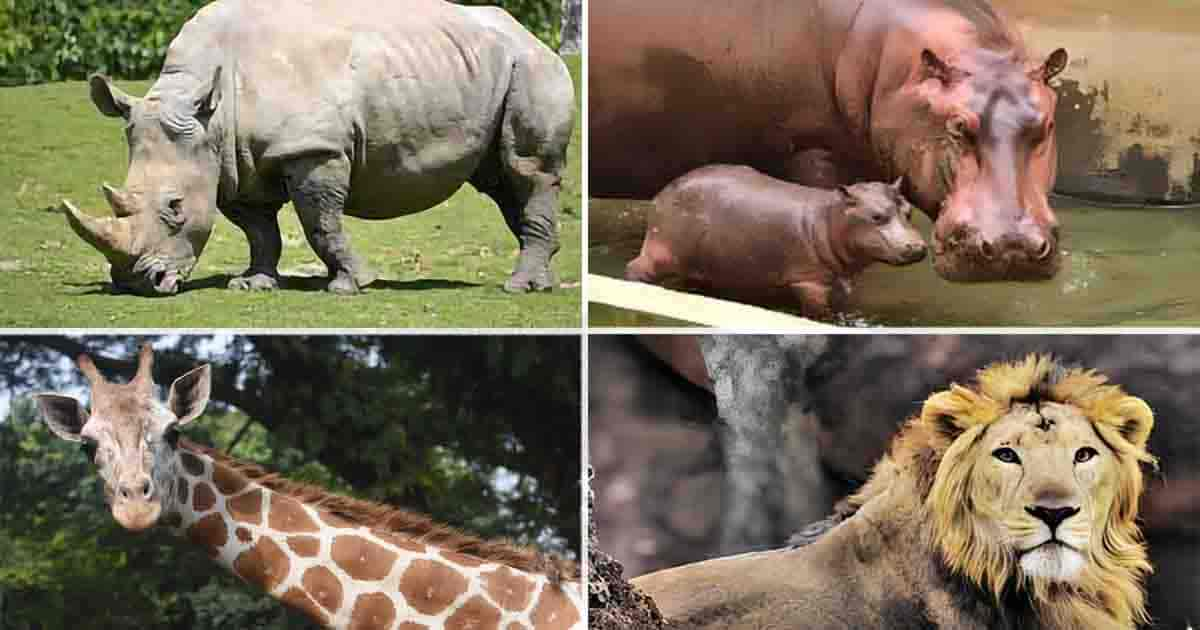
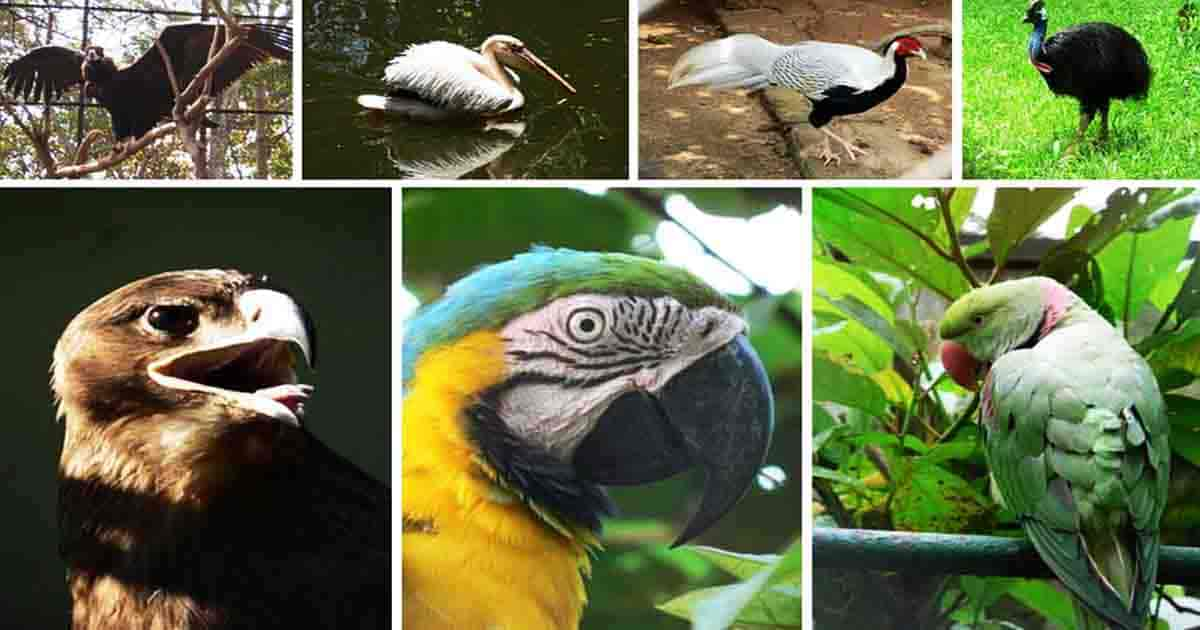
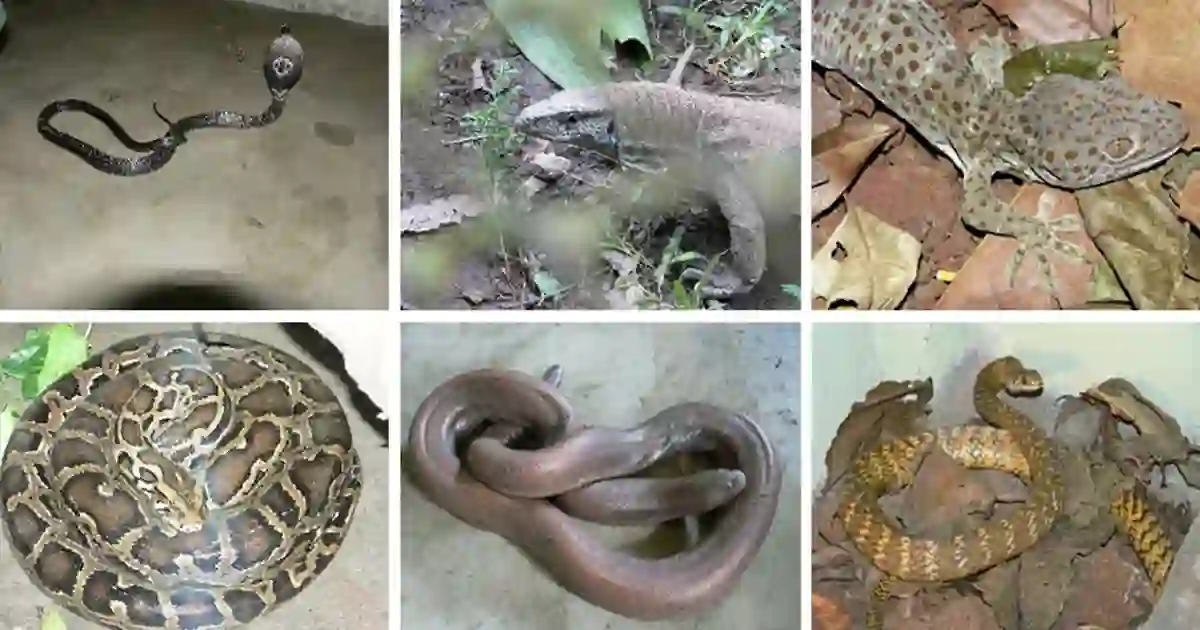
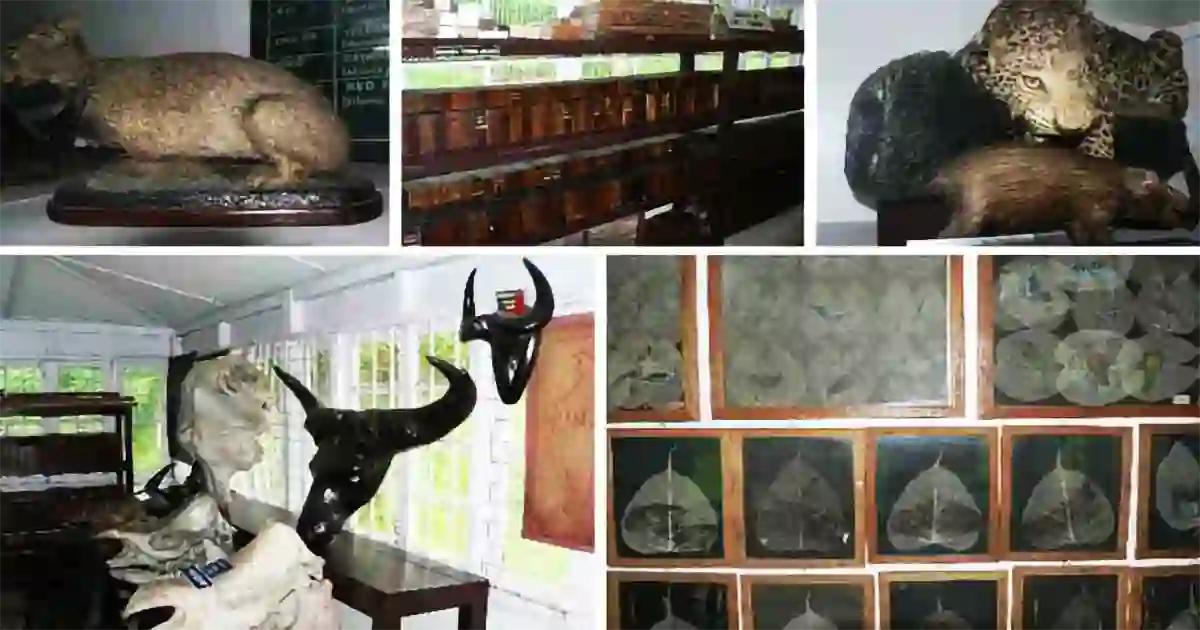


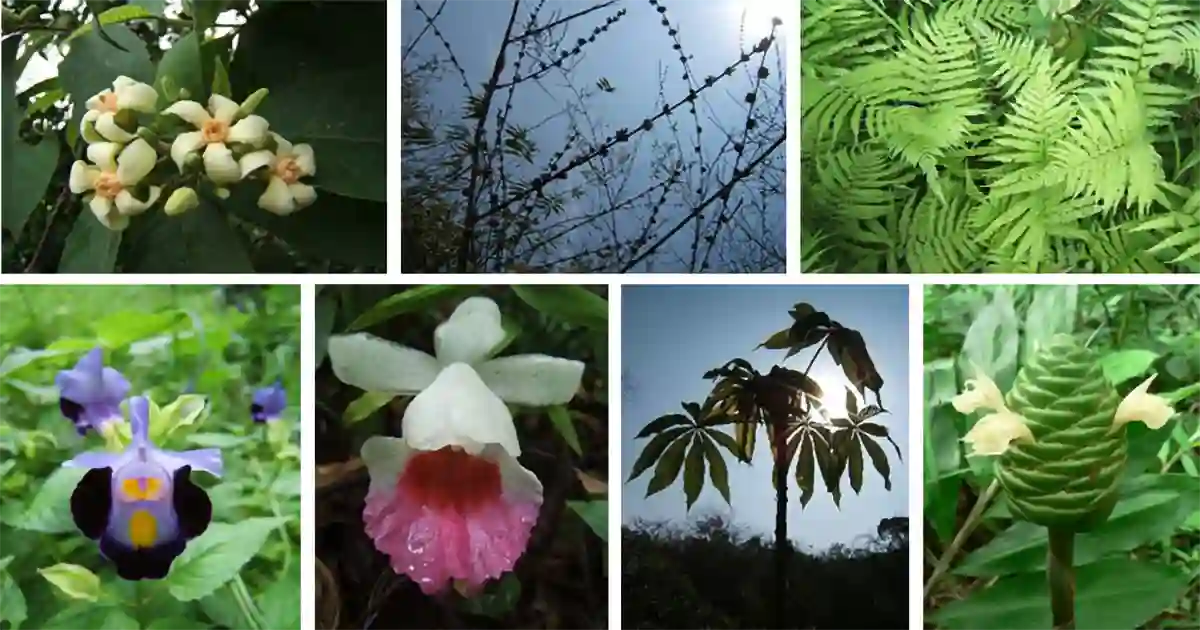


2 thoughts on “Assam State Zoo cum Botanical Garden”